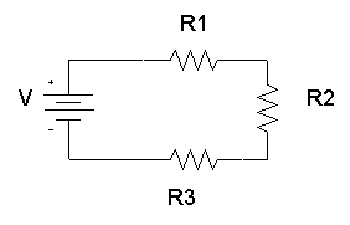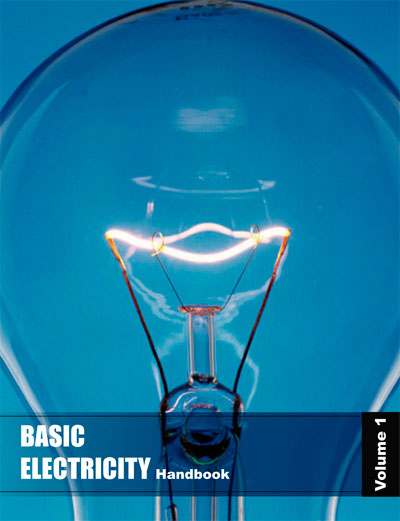
What is electrical resistance?
Electrical Resistance is an electrical quantity that measures how the device or material reduces the electric current flow through it. The resistance is measured in units of ohms (Ω). If we make an analogy to water flow in pipes, the resistance is bigger when the pipe is thinner, so the water flow is decreased.
Electrical Resistance is a measure of the opposition that a circuit offers to the flow of electric current. You might compare it to the diameter of a hose. In fact, for metal wire, this is an excellent analogy: small-diameter wire has high resistance (a lot of opposition to current flow), and large-diameter wire has low resistance (not much opposition to electric currents). Of course, the type of metal makes a difference too. Iron wire has higher resistance for a given diameter than copper wire. Nichrome wire has still more resistance.
What causes electrical resistance?
An electric current flows when electrons move through a conductor, such as a metal wire. The moving electrons can collide with the ions in the metal. This makes it more difficult for the current to flow, and causes resistance.
Why is electrical resistance important?
Therefore, it is sometimes useful to add components called resistors into an electrical circuit to restrict the flow of electricity and protect the components in the circuit. Resistance is also good because it gives us a way to shield ourselves from the harmful energy of electricity.
The standard unit of resistance is the ohm. This is sometimes abbreviated by the upper-case Greek letter omega, resembling an upside-down capital U (Q). In this book, we'll just write it out as "ohm" or "ohms."
You'll sometimes hear about kilohms where 1 kilohm = 1,000 ohms, or about megohms, where 1 megohm = 1,000 kilohms = 1,000,000 ohms.
Electric wire is sometimes rated for resistivity. The standard unit for this purpose is the ohm per foot (ohm/ft) or the ohm per meter (ohm/m). You might also come across the unit ohm per kilometer (ohm/km). Table 2-1 shows the resistivity for various common sizes of wire.
When IV is placed across 1 ohm of resistance, assuming that the power supply can deliver an unlimited number of charge carriers, there will be a current of 1A. If the resistance is doubled, the current is cut in half. If the resistance is cut in half, the current doubles. Therefore, the current flow, for a constant voltage, is inversely proportional to the resistance. Figure 2-3 is a graph that shows various currents, through various resistances, given a constant voltage of IV across the whole resistance.
Usually, four-terminal resistors used to measure current by measuring the voltage drop between the voltage terminals with current introduced at the current terminals. These standards, designed for use with potentiometers for precision current measurement, correspond in structure to the shunts used with millivoltmeters for current measurement with indicating instruments. Current standards must be designed to dissipate the heat they develop at rated current, with only a small temperature rise. They may be oil- or air-cooled, the latter design having much greater surface, since heat transfer to still air is much less efficient than to oil. An air-cooled current standard of 20 uQ resistance and 2000-A capacity, has an accuracy of 0.04%. Very low resistance oil-cooled standards are mounted in individual oil-filled containers provided with copper coils through which cooling water is circulated and with propellers to provide continuous oil motion.

This 100+ page e-book is a great guide for those who have a basic interest in the field of electricity. This well-illustrated e-book, coupled with some basic knowledge of electricity, will give you a broad theoretical background in this fundamental subject.
CONTENTS